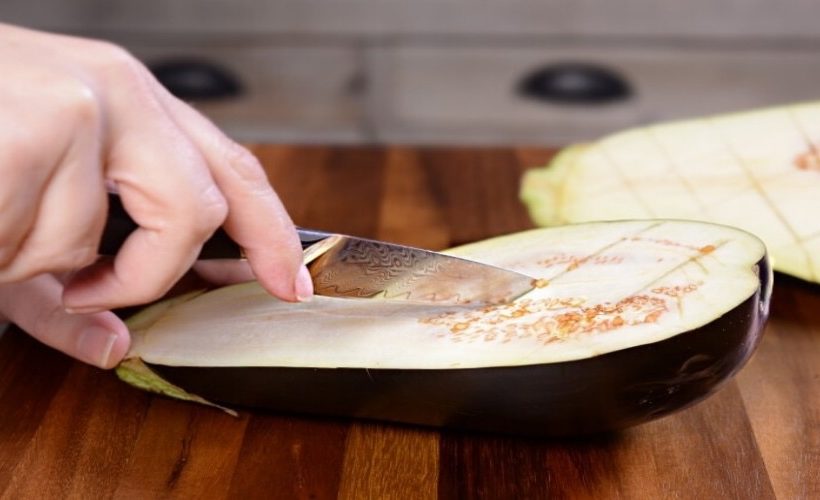Knives are very crucial to the success of any kitchen, and this is because there is only a little that you can get done in the kitchen without a knife. Kitchen knives were invented way back in the 17th century, and they have always been a significant item in the kitchen regardless of the size. Many types of knives have been introduced over the years to perform different tasks in the kitchen, and they are essential to the cause. However, the availability of these knife types has brought about stiff competition for places in the kitchen since it is almost impossible to have all the knife types in your kitchen.
While acquiring knife sets for your new or existing kitchen, it would be a huge mistake to omit the paring knife as it is a vital tool in the kitchen. And although the shapes and designs of other knives may seem more appealing, you may not find a meaningful use for them in your kitchen and end up using them only once or twice in an extended period. But the paring knife is a frequently used tool in the kitchen that can be utilized daily depending on how often the kitchen is used. This makes it a must-have in the kitchen and a good investment at that. But buying the wrong set of paring knives can make your kitchen experience a nightmare. This article highlights expert tips to help you buy the best paring knife 2021.
What To Look Out For When Buying Paring Knives
- Blade Type: The blade type has a more significant effect than we often imagine when considering the best paring knives. The first tip for spotting the best paring knives is to observe how the blade is made. A stamped blade is lighter and more affordable than the other blade types, but it is often thin and less durable. While forged blades tend to be heavier, they do not bend or break easily, making them the ideal paring knife blade.
- Blade Material: The next area of consideration is the material used in making the knife's blade. There are three common types of blade materials, and they are each unique in their ways, but they differ slightly in quality, efficiency, and durability.
The first and commonest material is stainless steel, and it is the material with which most of our kitchen utensils are made. The next is carbon steel which is also popular but not as popular as the former. But it is stronger and more likely to snap with time.
- Handle: The knife's handle is a vital feature of any paring knife as it is where the user holds when performing tasks with the knife. A knife handle is often made of either plastic, wood, or metal, and they are all acceptable materials depending on the user's preference.
Conclusion
Remember that your comfort should be the priority when shopping for kitchen knives. That said, it is best to buy your kitchen knives individually rather than in sets. This way, you will feel each knife and make sure it is comfortable enough for you before making a purchase.


